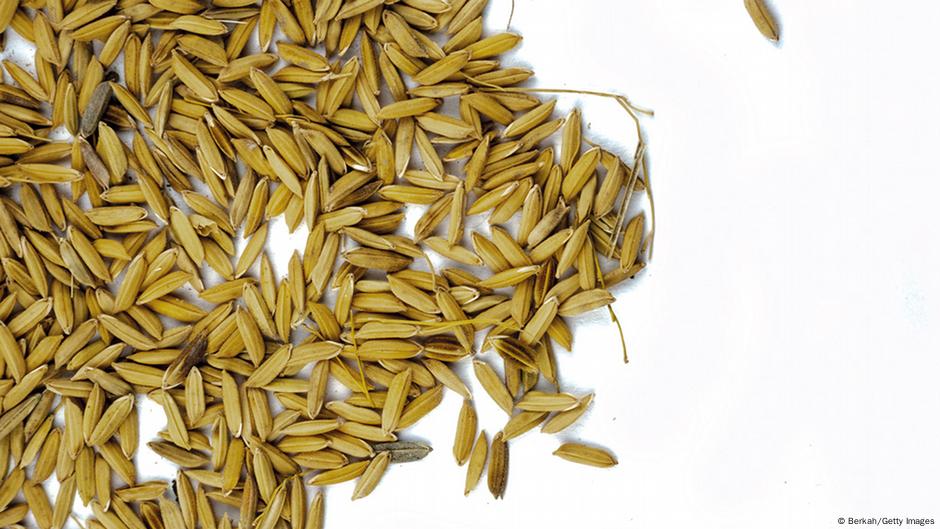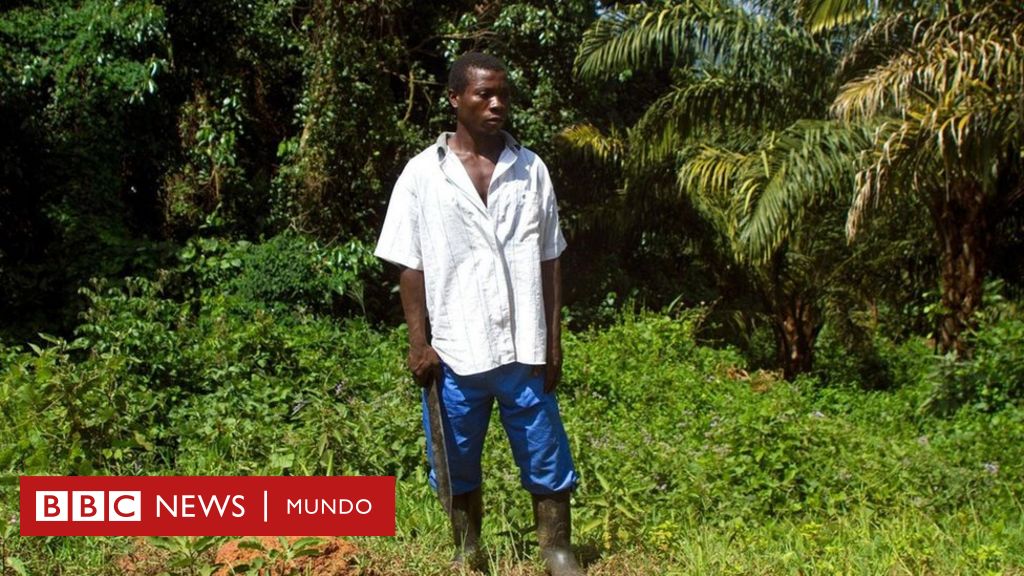More than 50 million people will go hungry this year in East Africa | world | Dr..

The Intergovernmental Authority on Development (IGAD), an economic bloc of eight countries in that region, has warned more than 50 million people of “high levels of acute food insecurity” this year in seven East African countries.
“Acute food insecurity” corresponds to stage 3 (“crisis”) of the five categories that make up the Integrated Food Security Phase Classification (IPC), with subsequent stage 4 meaning “emergency” and stage 5 “disaster”. famine.”
In a statement also signed by the Food and Agriculture Organization of the United Nations (FAO) and the United Nations World Food Programme, the Intergovernmental Authority on Development (IGAD) indicated that more than 50 million people will suffer from stage III “or worse”. In addition, Ethiopia, Kenya, Somalia, South Sudan and Sudan are facing the region’s largest food crises.
International wars, internal conflicts and climate change
Some 300,000 people are expected to face a disaster (phase V) in Somalia and South Sudan in 2022, with famine at risk in eight regions of Somalia through September if crop and livestock production declines, food costs rise dramatically, and humanitarian aid does not increase. .
“Our region has been hit like never before,” said the agency’s executive secretary, Workneh Gibeihu, expressing fears of an increase in numbers because “the forecast for the rainy season from October to December is bleak.”
“The combination of climate extremes, conflict, and macroeconomic challenges makes it nearly impossible for our highly resilient societies to withstand multiple shocks,” Workneh added.
The FAO Sub-Regional Coordinator for East Africa, Chimimba David Phiri, stressed that “the current food security situation in the Horn of Africa (Ethiopia, Kenya and Somalia) is serious after the failure of four consecutive rainy seasons, a climatic event that we have not witnessed in at least 40 years.”
“Now more than ever, we must implement short-term responses that save livelihoods while building long-term resilience,” Ferry said. Climate change and La Niña have caused an unprecedented multi-season drought, exacerbated by some of the worst March-May rains in seventy years. The latest forecasts from the IGAD Center for Climate Prediction and Applications (ICPAC) indicate the failure of the fifth consecutive rainy season in the region.
“Conflict, severe weather, economic shocks, rising costs and now the impact of the conflict in Ukraine on food and energy prices are pushing millions of people into starvation in East Africa,” he stressed. “Unfortunately, there is a very real risk of famine in the area and we must do everything we can to prevent this from happening,” he said.
jov (ef, fao)

“Award-winning zombie scholar. Music practitioner. Food expert. Troublemaker.”




/cloudfront-eu-central-1.images.arcpublishing.com/prisa/X33WQ3GSYFF3DBKJDAVIGHN3DA.jpg)




